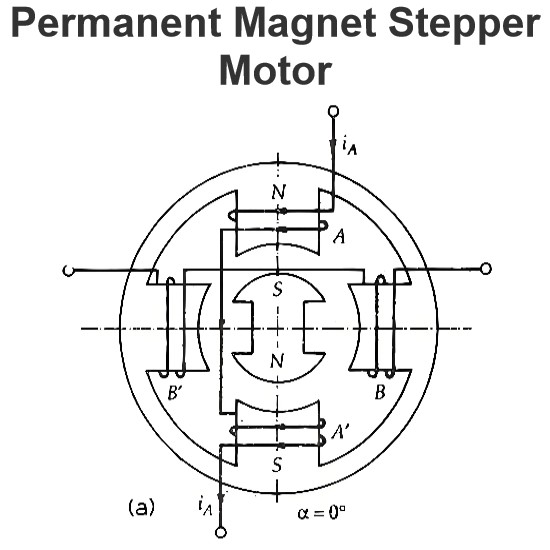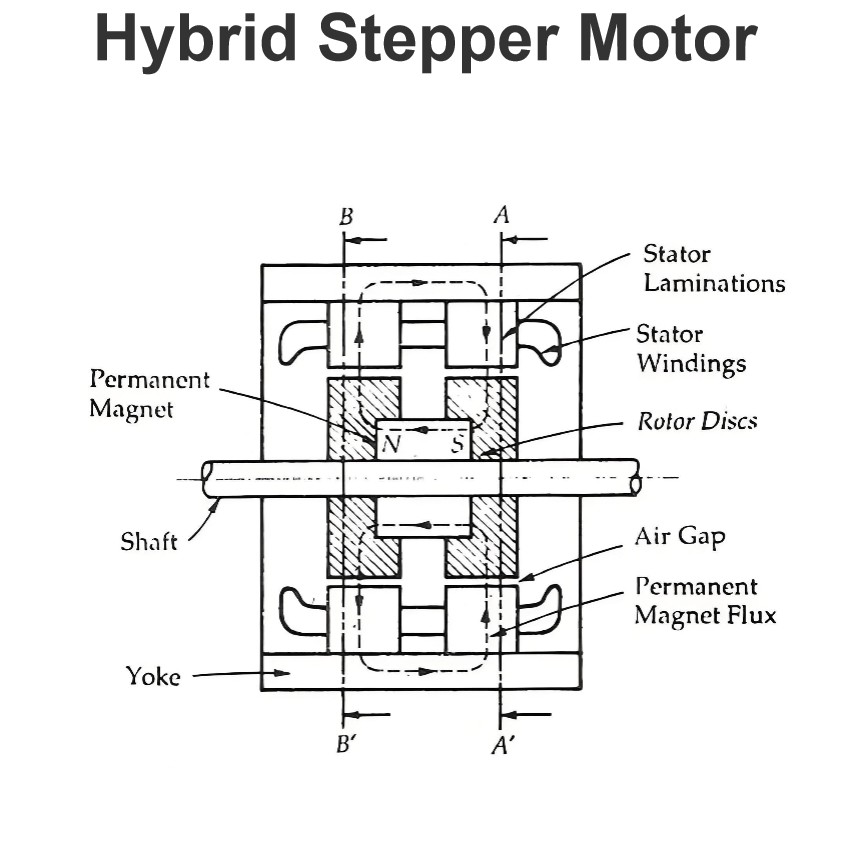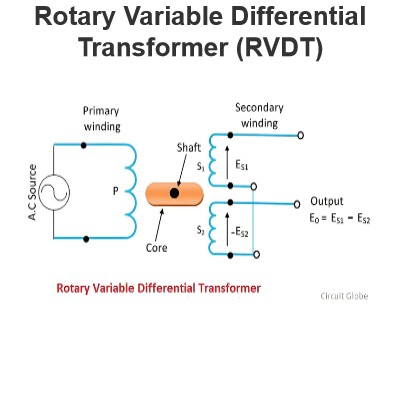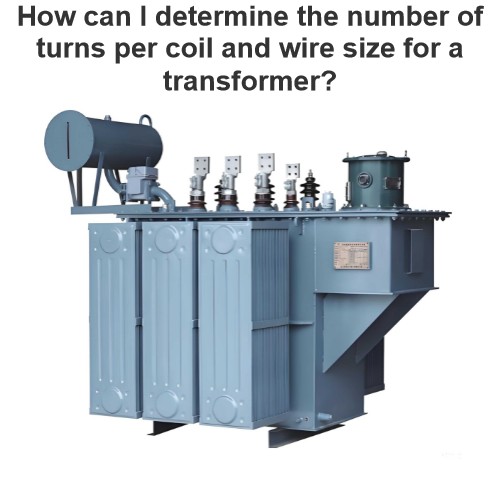What is field weakening and what is its effect on an induction motor?
Field weakening refers to the process of adjusting the magnetic field strength of a motor during operation to modify its performance. In DC motors, field weakening is typically achieved by reducing the excitation current. In AC motors, particularly induction motors and permanent magnet synchronous motors, field weakening can be accomplished by changing the frequency of the power supply or controlling the output of the inverter.
Effects of Field Weakening on Induction Motors
In induction motors, field weakening technology is primarily used to extend the speed range of the motor, especially at high speeds. The following are the main effects of field weakening on induction motors:
1. Increase Speed Range
High-Speed Operation: At high speeds, the back electromotive force (Back EMF) of an induction motor increases, leading to a reduction in the active component of the stator current and thus limiting the motor's output torque. By applying field weakening, the magnetic field strength can be reduced, decreasing the Back EMF and allowing the motor to operate at higher speeds, thereby extending the speed range.
Constant Power Speed Control: In certain applications, the motor needs to maintain a constant output power over a wide speed range. Field weakening enables the motor to maintain constant power output at high speeds, achieving constant power speed control.
2. Reduce Torque
Torque Reduction: Field weakening reduces the magnetic field strength, which in turn reduces the torque. While the motor can maintain higher speeds, the torque will decrease accordingly. Therefore, field weakening is suitable for high-speed operations where high torque is not required.
3. Improve Dynamic Performance
Dynamic Response: Field weakening can improve the dynamic response of the motor. At high speeds, field weakening allows the motor to respond more quickly to load changes, enhancing the system's dynamic performance.
Stability: By appropriately controlling the degree of field weakening, the stability and interference resistance of the motor can be improved.
4. Efficiency and Losses
Efficiency: Field weakening may affect the efficiency of the motor. At high speeds, the efficiency may decrease due to the reduction in torque. However, by optimizing the field weakening control strategy, higher efficiency can be maintained to some extent.
Losses: Field weakening may increase both iron losses and copper losses in the motor. Iron losses increase due to changes in magnetic field strength, causing increased hysteresis and eddy current losses. Copper losses increase due to changes in current, leading to increased resistive losses.
Methods to Achieve Field Weakening
In induction motors, field weakening can be achieved through the following methods:
Changing Supply Frequency: By using a variable frequency drive (VFD) to change the frequency of the power supply, the motor can operate at different speeds. At high speeds, the supply frequency can be appropriately reduced to achieve field weakening.
Controlling Inverter Output: By controlling the output voltage and frequency of the inverter, the magnetic field strength of the motor can be adjusted. Modern inverters often have advanced control algorithms that can precisely control the degree of field weakening.
Excitation Control: In some specially designed induction motors, the magnetic field strength can be controlled using an excitation winding to achieve field weakening.
Summary
Field weakening technology in induction motors is primarily used to extend the speed range, especially at high speeds. By applying field weakening, the Back EMF can be reduced, allowing the motor to operate at higher speeds, although this comes at the cost of reduced torque. Field weakening can also improve the dynamic performance and stability of the motor, but it may affect efficiency and increase losses in certain situations.
The Electricity Encyclopedia is dedicated to accelerating the dissemination and application of electricity knowledge and adding impetus to the development and innovation of the electricity industry.




